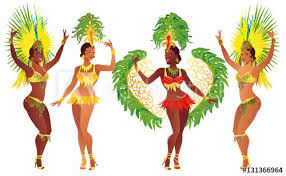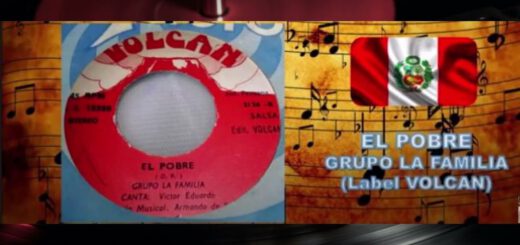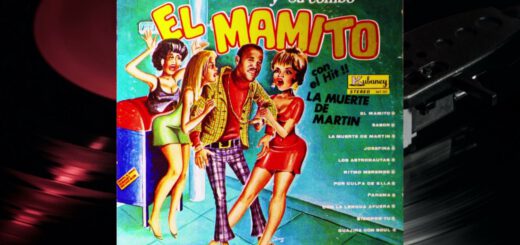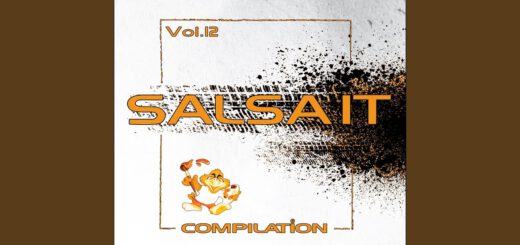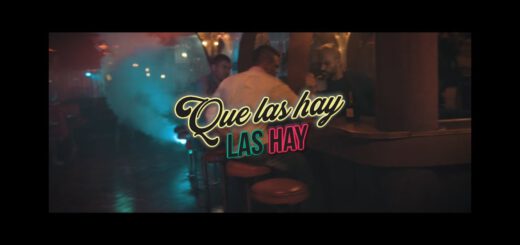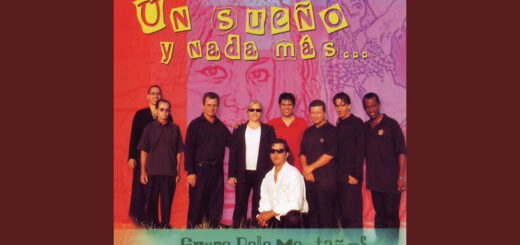What Instruments Are Found in a Samba Band? Brazilian Percussion Instruments
A samba band usually contains surdos, caixas, repiniques, tamborins and shakers. They can also use timbas, chocalhos, and agogos.
AGOGO (Ah-goh-goh)
This is typically a double metal cowbell with a flexible handle. The two bells have different tuning. The agogo is held in one hand and hit with a stick held in the other hand. Most experts hold the agogo with the hand is holding the bell, not the handle – this gives the bells a duller tone, which is the right sound for samba.It is thought to be one of the oldest instruments in a samba band; before it was introduced in samba it was used to provide the structure of Baiao, Maracatu, Capoeira and religious cults of African origin. A newer form of Agogo is a big heavy iron 4 bell model.
BERIMBAU (ber-im-bough)
The berimbau is a wooden or bamboo bow with a metal string, and a gourd which acts as a soundbox. You hit the metal wire with a wooden stick and move the berimbau away from and towards the body to change the tone of the soundbox. The sound this produces is unique, and often used for special effects. This is a very ancient instrument, In Brazil it is most used in Afro Brazilian rhythms from the North East, especially Capoeira, but it has found a place in Jazz and other modern musics because of its unique sound. It is not usually used in samba bands.
CAIXA DE GUERRA (Cash-ah)
Samba snare drum. The caixa is a descendant of the european marching drum, but it has been adapted to be much lighter. The caixa is a metal cylinder with a nylon skin at both ends and a string snare across the top of the playing end. The best caixas are made from aluminium. Caixas can be of various widths and depths; the standard sized caixa used in Rio baterias is 12″ wide by 15 or 20cm deep.
CHOCALHO
This is a metal or wooden frame carrying many metal jingles. It is a VERY LOUD samba shaker. This is a fundamental element in the flavour of a large samba percussion ensemble, and also has an important function in helping the caixas to sustain the rhythm. Famously described by the Times of London as ‘a cross between an abacus and a tambourine’
CUICA
The cuica is a friction drum. It has a metal culindrical body with a hide skin at one end, and a stick secured to the centre of the skin protruding back through the body of the drum. The cuica is played by rubbing the stick with a damp cloth. It sounds like a series of moans – and is said to imitate the sound of a monkey, and to have been used in hunting by Brazilian Indian tribes. Traditionally used by samba schools; it produces an exotic sound which changes the timbre of the bateria. A real cuica has a hide skin with a thick aluminium body and must be tunable. Serious cuicas are 30cm deep and between 8 and 10″ wide; anything smaller is really just a toy and will not be heard in a samba band.
GANZA
A hollow closed cylindrical shaker, varying from pocket sized to arm length, and single or double. The ganza is much quieter than a chocalho and isn’t used much in big Brazilian baterias as it can’t be heard. But it is still widely used in small groups and in teaching. An instrument of traditional importance in baterias where it used to have the same function as a chocalho.
MARCACAO
A term referring to the surdos, which are the big drums that mark the beat.
PANDEIRO (pan-der-oo)
A small light instrument, like a tambourine, but with a different sound. The head is hit with great skill, using a combination of taps, slaps, rim shots and rolls. A skilled pandeiro player can replicate almost anything a drum kit can do. Pandeiros can have wooden, plastic or fiberglass frames and brass or metal jungles, and plastic or hide heads. In samba the pandeiro is used both for rhythmic backing and as a solo instrument. Much used in bands playing many different styles of Brazilian music, in Samba Schools and in Capoeira.
REPINIQUE
The repinique or repique is a lightweight samba kettle drum, with nylon skins at both ends. The best samba repiniques are made from aluminium for both sound quality and lightness, although you can find repiniques made of iron or even wood. In Rio samba it is played with one wooden stick, with the other hand slapping the drum. The repinique should not have more than 8 single struts; any more both deaden the sound and do not leave enough space for the hand to slap the drum without hitting the lugs. 6 lugs are preferred in Rio. In other styles of Brazilian music the repenique is played with a pair of flexible plastic ‘whippy’ sticks. The repinique was introduced into Rio baterias in the 1950’s. Its function is to complement the tamborims and to support the surdos. It is also used as a solo and lead instrument, with its solos supplying the correct speed for the entrance of the other instruments.
REPIQUE DE MAO – this is a special hand repique developed especially for pagode . It has a metal body and a nylon skin at one end only.
SURDO
The surdo is a big bass drum, which holds the beat for the rest of the group. Surdos have heads at both ends. In Rio hide heads are used. The best surdos for marching samba bands have aluminium bodies as these are light and sturdy. Surdos can also be found with wooden bodies (fragile) and iron bodies (heavy). The surdo is considered the heart of the bateria, and is responsible for marking and maintaining the beat of all the other instruments. The First or Primeiro surdo hits strongly on the beat, and the second or segundo hits on the second part of the beat, responding to the primeiro.
TAMBORIM
This is a little frame drum with a 6″ nylon skin, and should be tunable. Originally made in a quadrangular shape and with skin head. This little drum is held in one hand and played with a special flexible stick (vareta) and in samba it is used to highlight the strongest parts of a tune, providing punctuation for the melody. The first Brailsin tamborins were octangular and covered in hide. There is a legend that they used to be covered in cat skin, but as this is fragile and tears easily, the legend may not be true. One tamborim is spelt with an ‘m’, but the plural is tamborins.
TAN TAN – a long tapered drum with a hide or Napa head at one end. Used to take the place of a surdo in a small samba group or pagode session. Played sitting down, resting on the player’s lap. The skin is hit with one hand whilst the body is tapped with the other.
TAROL
The tarol is a slim line samba snare drum typically no more than 10cm deep. From the same family as the caixa da Guerra, it has a determining influence on the rhythmic identity of a bateria. It is often used for playing up on the shoulder; instead of being supported by a belt at waist level it is cradled in one arm, high up at chest level.
THIRD SURDO
The third surdo is a smaller surdo. This is the cutting surdo, also known as the Surdo Centrador, or Cutador, and is used with creative freedom but remains responsible for the swing of the bateria. It fills in the spaces between the first and second surdo beats.
TIMBA – a conical drum made of fiberglass, metal or wood with a plastic head at one end – a marching drum. Adult sized timbas are usually 70 or 90cm deep – short people should use the 70cm timba. The timba is played upright, using plastic flexible whippy sticks or drumsticks, or can be played by hand too. It is used in styles from North Eastern Brazil, such as samba reggae. Although this is a traditional drum it was almost obsolete in Brazil until Carlinhos Brown reinvented it for his band Timbalada in the 1980s.
WHISTLE
The traditional Brazilian samba whistle is a 3 tone whistle made of wood. Genuine ones are very loud and can be heard easily over 30 or 40 drummers. The whistle is used to scatch the attention of the drummers and to regulate the speed of the samba band. But a 3 tone samba whistle can also be used as an instrument in its own right.


